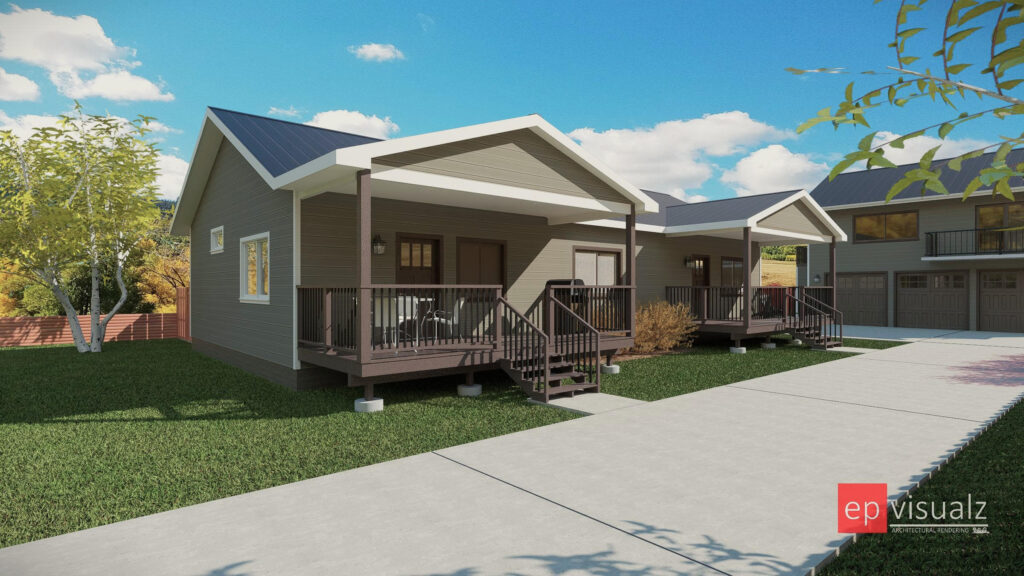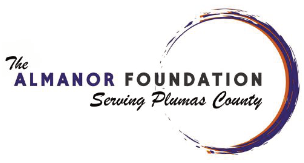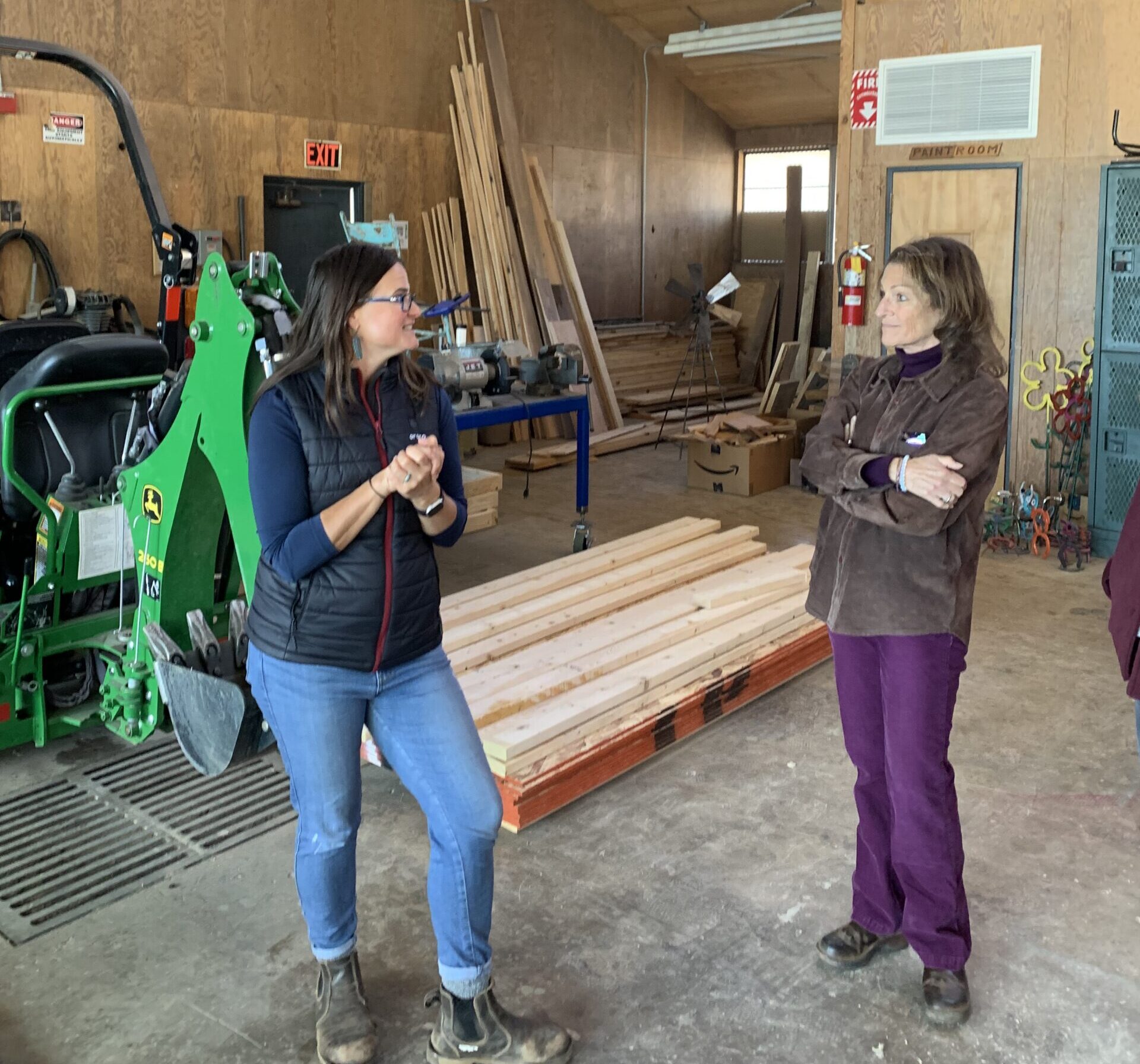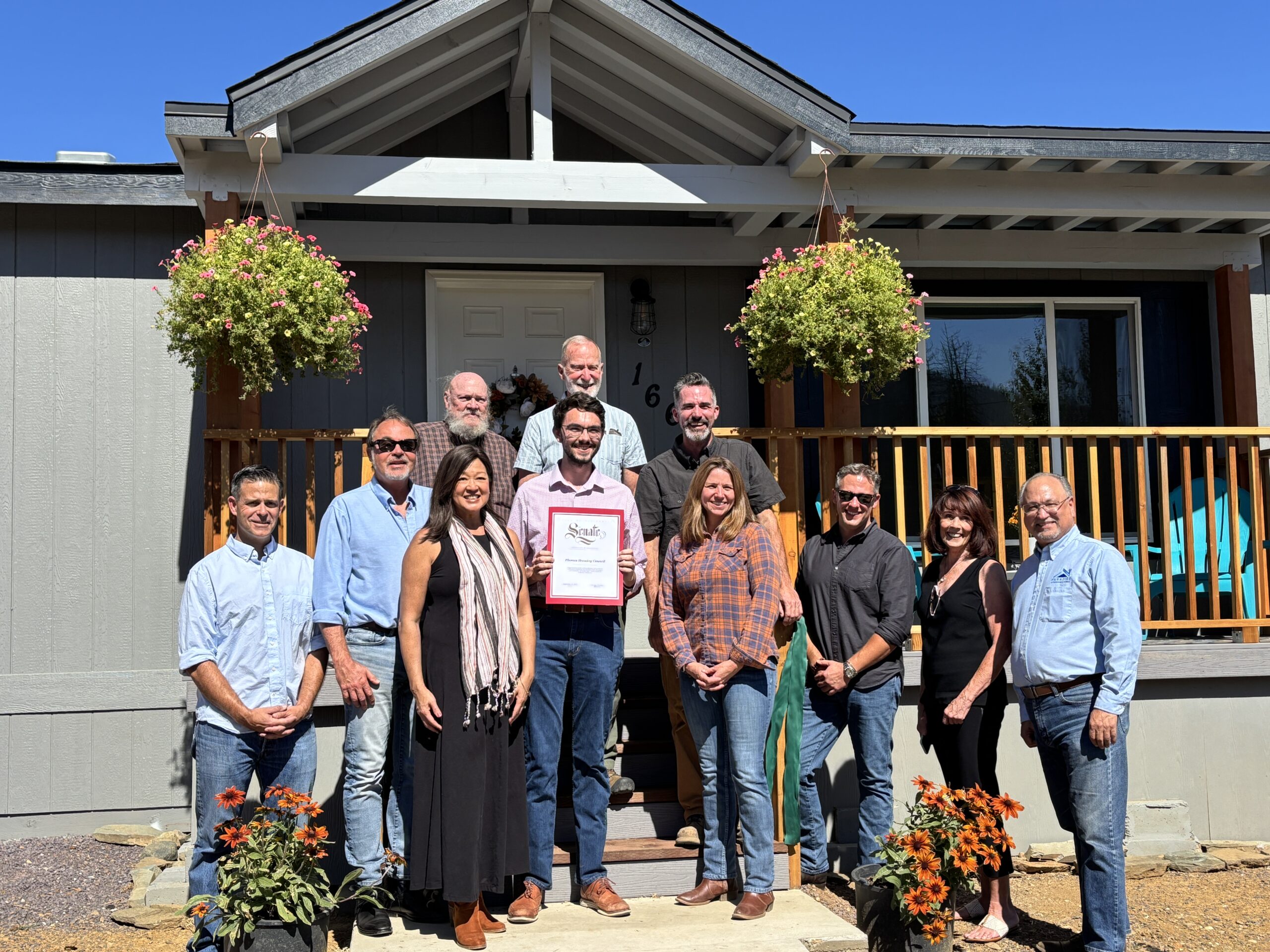Plumas County has faced significant challenges in recent years, including the devastating Dixie Fire, which exacerbated an already existing housing crisis. The Almanor Foundation (TAF) was established to address such critical community needs. TAF’s mission, to empower the county through economic development, community unity, and resource allocation, led its board to embrace attainable workforce housingas a foundation initiative.
Since 2021, TAF has been instrumental in raising over $1.4 million for community needs, including disaster relief. The devastation of the 2021 Dixie Fire, that burned just under a million acres and devastated the communities of Greenville, Canyon Dam, Warner Valley and Indian Falls made the need for housing solutions critical. This post highlights the leadership of Indian Valley native, Tyler Pew, and the collaborative efforts of TAF, the Plumas Housing Council (PHC), and other key players working to address the unique housing challenges of the region.
Tyler Pew, Indian Valley Native
Tyler Pew, a designer, contractor, and advocate, has played a significant role in the recovery and rebuilding efforts in Plumas County following the fire. In addition, Pew has been the lead consultant on the attainable workforce housing initiative of The Almanor Foundation. As a native of Indian Valley, Tyler has a deep connection to the community and was moved to action by the destruction of the town that housed multiple generations of his family.
Initial Response and the Formation of the Dixie Fire Collaborative
Pew is the founding principal of LMNOP Design, Inc., a firm specializing in the design and construction of branded environments and public spaces. When he returned to Greenville during the Dixie Fire, his primary goal was to help protect his family’s property. However, when the entire town and several surrounding areas were destroyed, he felt compelled to put his skills to use in the community’s recovery efforts. Leveraging his expertise in leadership, logistics, construction, design, and community engagement, Pew became the [Re]Build Chair for the Dixie Fire Collaborative and led several recovery projects utilizing grants from philanthropic organizations such as The Almanor Foundation, North Valley Community Foundation, the Community Foundation of Northern Nevada and others.
Early Recovery and Rebuild Projects
LMNOP has played a pivotal role in several recovery and rebuild projects since the Dixie Fire. One of the key recovery projects LMNOP has led is the Phase 0 planning project, which involved preliminary research to define community needs and provide a scope for long-term planning. This foundational work set the stage for future initiatives, including the completion of the Town Center Design Guidebook (Phase 2). This guidebook provided recommendations for building practices that align with the community’s needs, ensuring a cohesive and sustainable approach to development. These efforts also fast tracked the Long-Term Recovery Planning Process, setting up the Plumas County Long-Term Recovery Planning efforts with a strong community lead foundation.
In addition to these planning efforts, LMNOP documented a ten-week project in the main burn scar area where summer interns focused on workforce housing strategies and community regeneration. This project highlighted the importance of addressing housing needs as a critical component of community recovery. Furthermore, LMNOP developed a Strategic Housing Plan, under TAF’s Housing Initiative which proposed future-oriented strategies to alleviate the lack of attainable workforce housing exacerbated by Dixie.
The Almanor Foundation’s Commitment to Housing
TAF has already contributed significantly to the recovery efforts, with over $409,710 specifically allocated to housing initiatives in Plumas County. TAF’s focus is on workforce-attainable housing, targeting those earning between 80-120% of the Average Median Income. TAF is not just providing funds; they are actively involved in shaping the housing landscape with several key programs and the formation of the Plumas County Housing Council.
The Plumas Housing Council: A Collaborative Force
The Plumas Housing Council (PHC) is a collaborative body, composed of community members, businesses, county agencies and other organizations. The PHC serves as a platform to track projects and coordinate efforts to build homes and support both renters and owners.
The PHC is actively working to create a cohesive understanding of the housing landscape by mapping existing programs and their target demographics. The County is also working to support housing efforts through policy and financial support. A housing assessment and economic market study for Plumas County are also being funded through a Community Development Block Disaster Recovery Grant or CDBG DR Planning grant. This assessment will help to clearly define the housing needs and opportunities across Plumas County in an ever-changing landscape.
The PHC is currently focused on three key programs, which are aimed at addressing different aspects of the housing crisis:
- Build to Rent (B2R): This program aims to develop 45 rental units on 15 single-family zoned sites within three years, pooling investments to support development. The Almanor Foundation, Dixie Fire Collaborative and the North Valley Community Foundation have already committed $500,000 to the B2R program.
- Lease to Locals (L2L): This program focuses on getting underutilized housing into the long-term attainable market by providing one-year rent subsidies. Plumas Rural Services is partnering with Placemate, [nationwide company that first gained success in Tahoe/Truckey to manage this program with funds for first year programming provided by TAF, DFC and NVCF.
- Trio Program/Housing Marketing: The Plumas County Community Development Commission (PCCDC) has an existing lease-to-own program (Trio) that requires marketing to make the program successful. Since marketing of all the programs is critical, we see this as a way to leverage resources and combine efforts around housing to tell a clear and cohesive story across all types; rentals/owners, incomes, locations.

Photo: a rendering of RRA’s Build to Rent model
Additional Programs and Initiatives In addition to these core programs, there are several other initiatives in progress:
- Community-Funded Build to Sell Model: This program allows community members to pool funds to build manufactured homes, with one home being built this summer (2025) to test the market. Once the first home has been completed we have other members of the community ready for home 2,3,4…
- Downpayment Assistance Program (DPA): A proposed program seeking $1 million in funding to provide down payment assistance for prospective homeowners. The program aims to address the low median income and high debt-to-income ratios in the area.
- Public Housing: While not a focus of the PHC, the PCCDC manages public housing units but faces challenges such as long waitlists and maintenance issues. They also have a nonprofit arm that can manage more flexible funds and programs not targeted to very-low and low-income residents.
- ADU (Accessory Dwelling Unit) Plans: Free, pre-approved ADU plans are available, which can also be used for primary dwellings, with Title 25 options for off-grid parcels over one acre.
Looking Ahead
The efforts of TAF and the PHC and the leadership of people such as Tyler Pew are vital for the future of Plumas County. By focusing on collaborative solutions, innovative programs, and strategic partnerships, organizations and leaders are working to rebuild the community, one home at a time.




